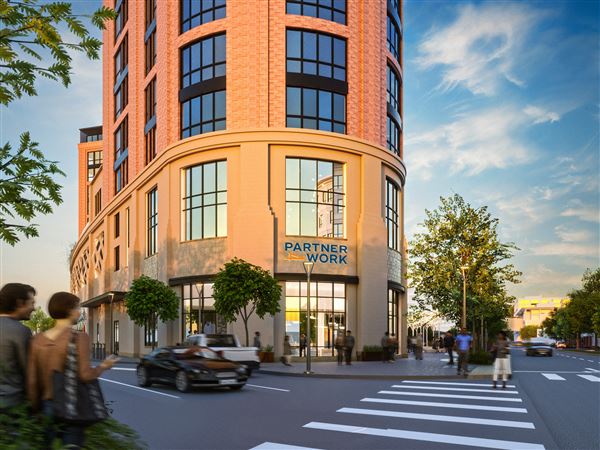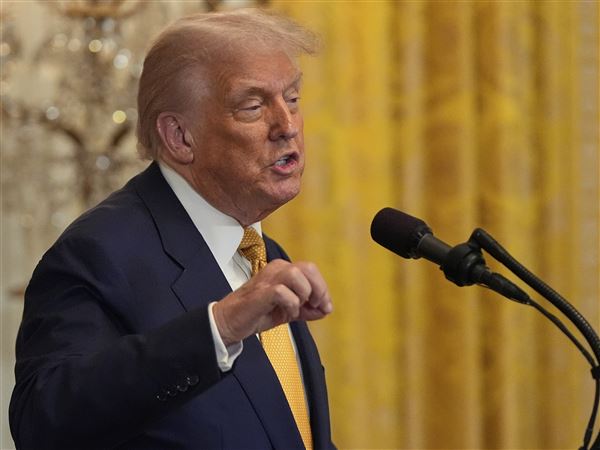Whenever Steve Stasiukonis's next-door neighbors want to make calls on their cellphones, they walk to a spot near his garage door -- the only place on their Syracuse, N.Y., street with good cellphone reception.
Mr. Stasiukonis's secret: He installed a $500 signal-enhancing device on his garage after getting fed up with dropped calls and poor reception at home. The device, which combines an outdoor antenna with a repeater, picks up weak signals and amplifies them. "As soon as I installed it, I saw my signal go from zero to full bars," says Mr. Stasiukonis, who was frustrated by the inability to receive business calls on his cellphone. He says his Verizon Wireless phone works well, except in his own neighborhood. Verizon says it investigates problems and does its best to fix them.
With dead zones remaining a problem despite heavy investments by the cellular industry, some Americans are taking matters into their own hands. They are turning to a growing number of new products designed to amplify and improve reception. The products were initially designed for the commercial market. Shopping-mall and office-building owners first spent tens of thousands of dollars on equipment to eliminate dead zones. Now, small electronics companies are rolling out consumer versions of these antennas and amplifiers that minimize building and vehicle-interference and boost weak signals.
The consumer versions of these fixes range in price from as little as $50 for an antenna to several thousand dollars for a system that boosts coverage for an entire home. But prices are starting to come down dramatically. Spotwave Wireless Inc., of Ottawa, sells an antenna and repeater for $995. Last October, a similar device sold for $3,500.
Industry-wide sales figures on sales of these products are hard to come by. One maker, Wilson Electronics Inc. of St. George, Utah, says its sales have doubled from a year ago, to 46,000 amplifiers and antennas a month. Alternativewireless.com, a San Antonio company that sells online, reports its sales have quintupled in the past four years. Most are sold directly by manufacturers or online dealers such as wpsantennas.com. The products are generally not carried by big-name electronics stores.
With two-thirds of Americans owning cellphones and 11 million using them as their only phone, dropped calls and bad reception are more than a nuisance. Even with wired home phones, businesspeople often take calls at home on their cells. A J.D. Powers & Associates survey found roughly one of three cellphone calls had some type of quality problem. Others estimate 2 percent of all calls are never connected. John Walls, a vice president at CTIA, an industry trade group, says subscriber growth and industry polls show service is steadily improving.
There are two general categories for signal-enhancing devices: Cellular antennas and amplifiers. Antennas can help cellphones pick up signals weakened by concrete and metal -- materials that often obstruct cellphone connections. Generally, a $50 antenna will boost reception in areas with spotty coverage. Antennas bolt onto the roof of a car or on a window frame and connect to a phone's accessory port via a cable.
Many of the products are aimed at people who spend a lot of time driving. Jim Guusee, a truck driver who travels throughout the continental U.S. and parts of Canada, says he often would be without a cellphone signal for one to two days. After installing a 33-inch-tall antenna on his rear-view mirror, he says he now gets a clear signal almost everywhere he goes.
If antennas alone don't do the job, amplifiers can be added to the mix. At about the size of a paperback, these amplifiers will boost a weak signal. Cellphone amplifiers cost between $270 to $1,000, connect to an outdoor antenna, and carry the improved signal directly to a phone inside a home or car. They attach directly to the phone via cable or wirelessly retransmit a more-powerful signal.
Of course, signal-enhancing devices won't help in areas where there is no cellular service. And like many radio devices, even good quality signals can suffer from interference by other radios, walls or tall buildings. Consumers may not know whether the products can help improve coverage until they are installed.
Mr. Stasiukonis scavenged the Internet for a year and spent about $600 on products that he now considers junk. He got the best results by setting up an outside antenna that connects to an indoor amplifier, he says.
Consumers should buy products approved by the Federal Communications Commission and made by established manufacturers, recommends Lance Wilson, an analyst with market watcher ABI Research of Oyster Bay, N.Y. He recommends that buyers inquire about return policies before purchasing. Buyers also should closely follow installation instructions and, if necessary, hire a professional for advice or installation.
Those who want to install their own antenna or amplifier must consider their neighborhood's terrain and the network technology used by their local carrier. Amplifiers should match the radio frequencies used by cell-service supplier and the network type, such as GSM, iDEN or CDMA. Even then, reception can be affected by local conditions, such as hills or tall buildings. Amplifiers installed improperly or with more than 3 watts of power trigger interference.
Wireless carriers don't sell these devices for fear of network interference. But they occasionally direct customers to outside antenna and amplifier suppliers. In cases where the amplifiers cause network interference, carriers have asked customers to shut down their devices, according to both device manufacturers and carriers. Verizon says residential equipment must be FCC approved and "properly integrated" into the network to avoid causing interference for others. It continues to test consumer products but hasn't yet made any recommendations, the spokesman says.
A search of "cell phone booster" on Google returns 866,000 items. Buyers can read about others' experience with these products by searching the reader forums on Web sites such as realgoods.com, a retailer of environmentally friendly products, owned by Gaiam Inc. of Broomfield, Colo., and rv.net, an online network of recreational vehicle owners, owned by Affinity Group Inc., Ventura, Calif.
First Published: July 13, 2005, 4:00 a.m.















